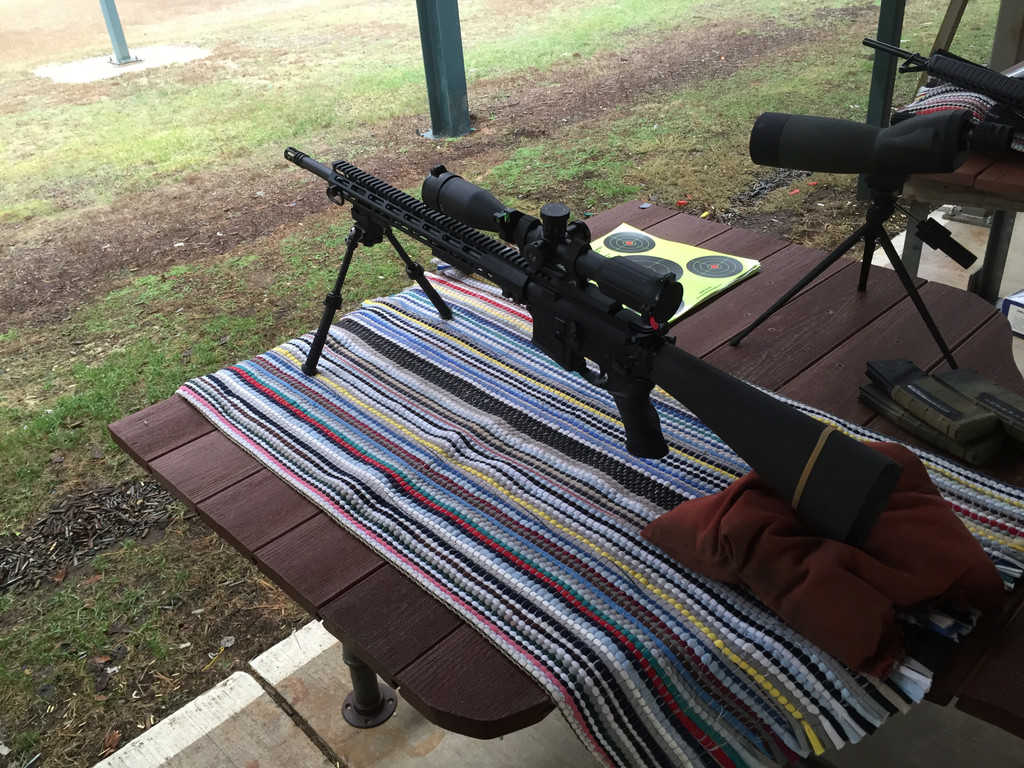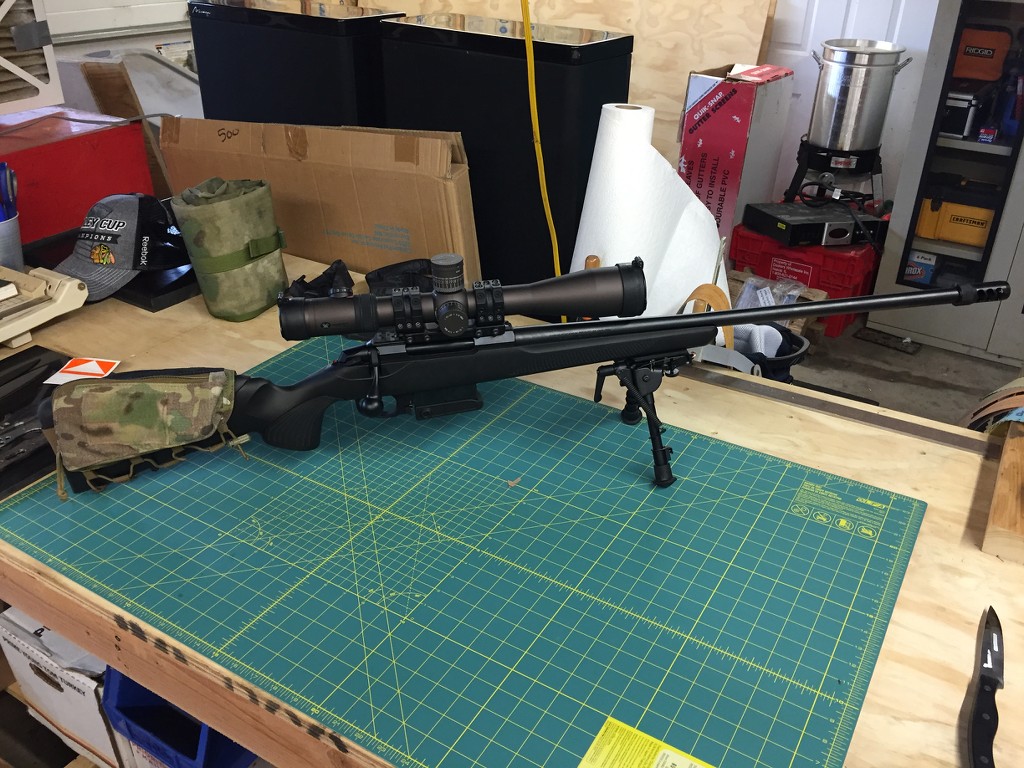Well, I just started reloading a month ago and have been reading about the subject as much as I can. I've also spent time watching reloading videos from Rex and 8541 Tactical. I'm specifically reloading with precision in mind and picked up a basic Lee single loader and a set of Lee .223 dies. I have the four die set that comes with everything you need essentially to get started,
Lee Die . When I first jumped down this rabbit hole it seemed like a very complicated process, and then after watching the two above You Tubers, I felt far more confident about the process. However, the more I read on forums such as this one and sniper's hide, the more my head began to spin. Well I went with the techniques demonstrated in the videos and reloaded a enough rounds to conduct a ladder test as well as about twenty rounds based on the "accuracy load" in the Sierra manual. Long story short, they did not blow up me or my rifle and they all fed without issue, so I count that as a step in the right direction.
Now on to the point of this thread, I have a few questions I would like to ask you all here with the hope to provide some clarity. Before I get to the questions though, I wanted to explain the rifle I will be loading for. It's a custom precision AR built by myself and uses a 20" Larue barrel 1/8 and a Larue MBT trigger. Here's a picture of the rifle.

Questions:
Case Length: From what I've read I want consistent case length for all of my rounds, however after sorting through all of my .223 brass by brand, all of it 1x fired by me, it's all different lengths. For example, I started reloading only my PMC brass, and after using the full length sizing die, the individual brass cases range from 1.73 to 1.76. The specification say they should be 1.76, but the majority of them are well under that 1.73 to 1.74. Does the case length play that huge of a role in precision as COAL does? Should I be taking the shortest case and trimming all the other cases down to that length so that they are all equal? Do I run the risk of having too short of a neck?
I keep hearing about seating depth and distance from the lands being important. I've been trying to find the Hornady tool for this specific measurement, but it seems to be out of stock in many places. I know this is very important with bolt rifles, and soon I will be reloading for my 6.5 creedmoor Tikka T3x. When it comes to my semi-auto SPR, is the seating depth and COAL really that important since I'm so limited by the magazine? Should I be doing anything in this particular facet of reloading with my semi auto?
Crimping with the Lee set, is it important for semi only? To Crimp or Not to Crimp? The Lee manual that came with my dies recommends crimping as a way to increase accuracy. I've read on the other hand that most precision reloaders are not crimping unless the bullet was designed to be crimped. I'm currently using Sierra 69gr Match King BT's so they are not technically designed to be crimped. I've read in places that crimping is not necessary on bolt guns, but should be recommended for a semi-auto due to the violent manipulation of the bolt. What says the hive? I know that my bullet seating die does not crimp at all, while other dies may offer a small amount of crimp as the default. Again, this is an area where I am confused.
Thank you for taking the time to help a new reloader. Lastly, because moar pictures are moar better, here's a pic of my 6.5 creedmoor. She's shooting .5 MOA with Prime 130gr, which has me wondering if I should even bother reloading for it lol.

 Win a FREE Membership!
Win a FREE Membership!